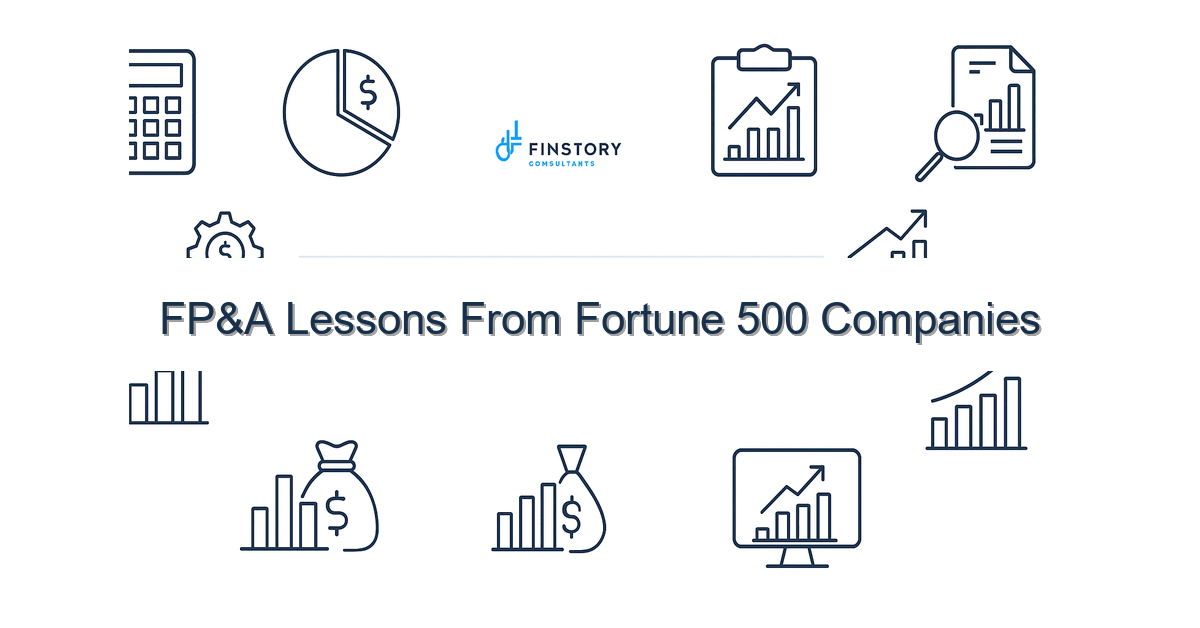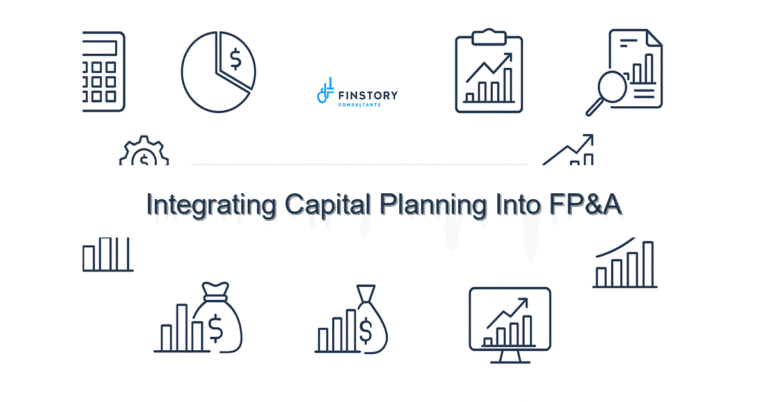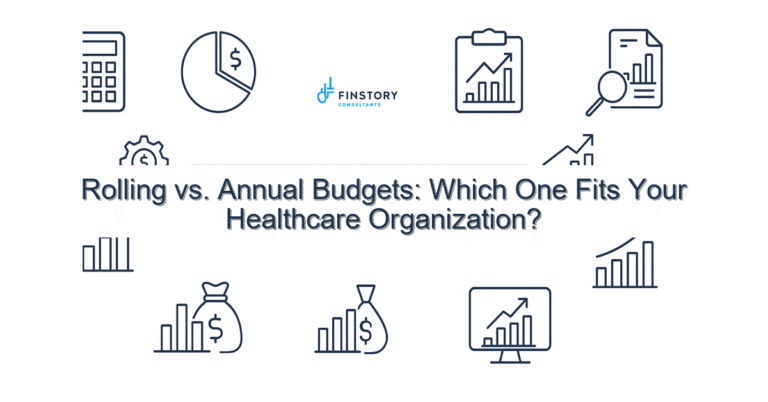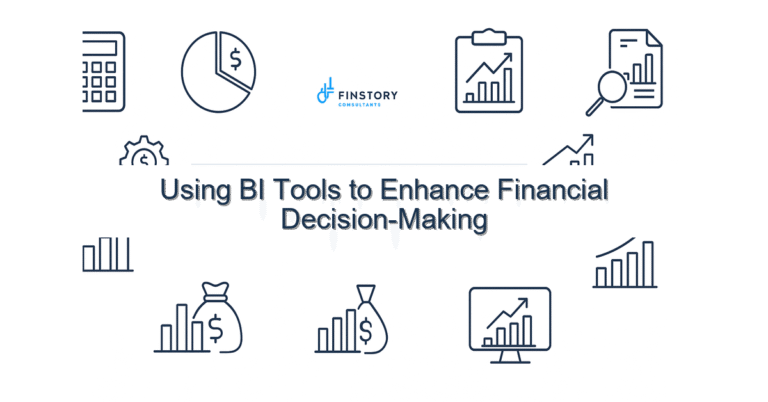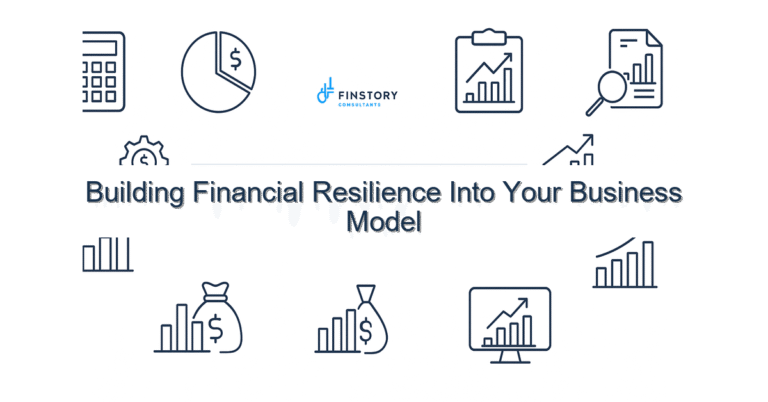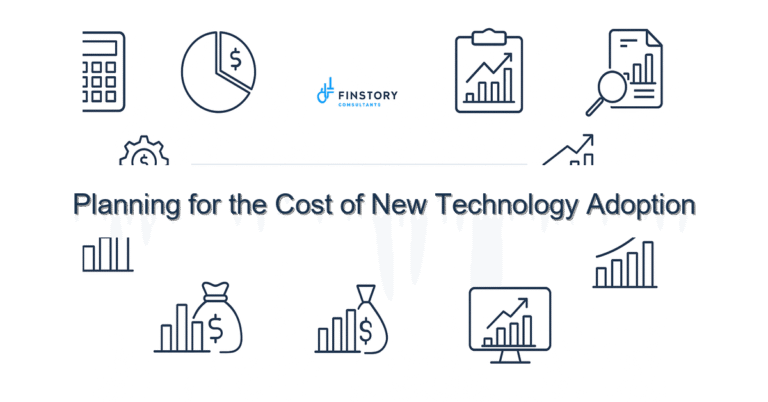FP&A Lessons From Fortune 500 Companies
You’re tired of long planning cycles, last-minute surprises, and charts that don’t help leaders decide. You’re responsible for operations and finance in healthcare—where decisions cost real lives and dollars. You want FP&A that actually produces answers, not just slides.
Summary: These FP&A lessons from Fortune 500 companies show how to shorten planning cycles, improve forecast accuracy, and build leadership reporting that drives action—so you can move from fire-fighting to strategic influence.
What’s the real problem? (FP&A lessons)
In plain terms: FP&A often fails because it’s optimized for reports, not decisions. Teams spend weeks assembling numbers while leaders need clear answers in days. In healthcare, this gap means missed opportunities to reallocate resources, control costs, or scale effective care models.
- Symptom: Planning and forecasting cycles that take too long (monthly takes weeks).
- Symptom: Multiple versions of truth—finance, operations, and clinical have different numbers.
- Symptom: Dashboards that overwhelm rather than guide—lots of charts, little direction.
- Symptom: Reactive budgeting—only reacting after costs spike or volumes drop.
What leaders get wrong
Leaders aren’t lazy; they’re often aiming at the wrong target. Common missteps include:
- Believing more data equals better decisions. Without context and ownership, data just creates noise.
- Treating FP&A as a monthly reporting factory instead of a decision partner. That keeps the team in a mechanical role.
- Over-customizing models for every business unit. The result: fragile spreadsheets and impossible reconciliations.
- Buying tools without changing process. New BI without new governance just creates prettier chaos.
A better approach: FP&A transformation in healthcare
Fortune 500 finance teams follow an approach that works in healthcare too. Here’s a tight, 4-step framework you can use this quarter.
- Define the decision: Start every model and metric by asking, “What decision will this enable by Friday?” If it won’t change a decision, reconsider it.
- Standardize the source of truth: Agree on a single dataset for costs, volumes, and productivity—published and versioned.
- Automate repeatable work: Use automation for data pulls, reconciliations, and routine variance analysis so your people do insight, not plumbing.
- Create leadership-ready storytelling: Convert key variances into a 3-line narrative: cause, impact, recommended action.
Real-world story: We worked with a large healthcare system that treated FP&A like a monthly chore. By defining decision metrics and automating data feeds, they cut their budget cycle from 12 days to 5 days and reduced forecast variance by 30% within two quarters. Leadership started getting one reliable number and a recommended action—so decisions actually followed the analysis.
Quick implementation checklist
- Pick one decision you must improve this month (e.g., staff scheduling vs. patient volume).
- Inventory current data feeds and identify the single source for volumes, costs, and staffing.
- Automate the top three manual reconciliations (ETL, payroll, or EMR export).
- Replace one bloated dashboard with a single-page leadership report: headline, 3 variances, and a recommendation.
- Set a 48-hour SLA for answers to leadership questions during close/forecast week.
- Run a one-week pilot of driver-based forecasting for a high-variance department.
- Assign accountability: who owns the number, who validates it, who presents it.
- Review and prune KPIs—keep only those that influence funding, staffing, or strategic choices.
- Schedule a 60-minute training to teach business partners how to read and act on the new report.
What success looks like
Measure FP&A by the decisions it enables. Typical measurable outcomes from Fortune 500 approaches adapted to healthcare include:
- Forecast accuracy improvement: +20–40% reduction in variance (quarter over quarter).
- Cycle time reduction: planning and forecasting cycle time cut by 40–60%.
- Faster insights: time to answer leadership questions reduced to 24–48 hours.
- Operational ROI: cost savings or redeployment worth 1–3% of operating budget within a year.
- Adoption: >80% of executive decisions referenced the FP&A recommendation.
Risks & how to manage them
Top risks and practical mitigations:
- Risk: Data mistrust—teams ignore the single source of truth. Mitigation: run joint reconciliations and publish data lineage and ownership.
- Risk: Over-automation breaks workflows. Mitigation: phase automation with human review gates and rollback plans.
- Risk: Resistance to fewer KPIs. Mitigation: pilot the streamlined report with one leader and show a before/after decision example.
Tools & data
Fortune 500 FP&A teams mix process, people, and tools. For healthcare, that looks like:
- Finance automation for ETL and month-end reconciliations—cut mechanical work and free senior analysts for insight.
- Power BI (or similar) for leadership reporting—keep visuals simple and focused on the decision.
- Driver-based planning models that link volumes to staffing and cost—so scenarios are fast and credible.
- Clear leadership reporting cadence—regular, concise packs that answer “what changed” and “what to do”.
If you want a deeper example of driver-based planning, see our post on drivers-based planning. For automation options, check our Finance Automation services and learn techniques in modern forecasting.
FAQs
Q: How quickly can we see improvement?
A: Small pilots deliver measurable wins in 6–12 weeks—faster if you automate the right feeds and focus on one decision.
Q: Do we need to replace our ERP or BI tool?
A: Not usually. Most wins come from cleaning data flows and changing process. Replace tools only when they block scale or automation.
Q: Who should lead this change?
A: A senior FP&A leader with a strong partnership with operations. Success needs both finance rigor and operational context.
Q: How do we measure ROI?
A: Track reduced cycle time, forecast variance, and decisions enabled (e.g., staffing changes, cost avoidance). Translate those into dollars and care capacity.
Next steps
If you want the practical FP&A lessons from Fortune 500 companies applied to your healthcare organization, start with a 6-week pilot: define one decision, automate the feeds, and deliver a leadership-ready report. We’ll help prioritize, execute, and hand off repeatable processes.
Work with Finstory. If you want this done right—tailored to your operations—we’ll map the process, stand up the dashboards, and train your team. Let’s talk about your goals.
Contact Finstory to bring FP&A lessons into your operations: schedule a pilot to fast-track FP&A transformation in healthcare and learn specific FP&A best practices for healthcare operations.
📞 Ready to take the next step?
Book a 20-min call with our experts and see how we can help your team move faster.
Prefer email or phone? Write to info@finstory.net
or call +91 44-45811170.
